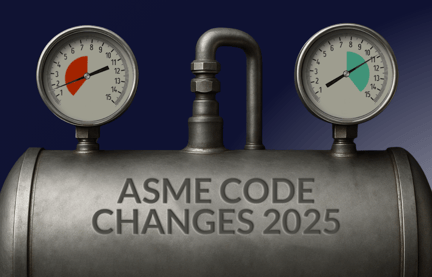With an increase in consumer demand and increasingly complex supply chains, the food industry faces significant challenges…and digital innovation just may be the answer.
Ensuring food safety is in the interests of everyone, from producer, to retailer, to consumer. While consumers are taking more interest in the provenance of the food on their plates, the journey from farm to fork has become increasingly complex, which increases the need for stringent safety and transparency measures.
Recently the LRQA Safety Accelerator held a ‘Challenges and Innovation in Food Safety’ workshop with UK food industry leaders to discuss the challenges, and opportunities, in ensuring food reaches consumers safely. Three clear challenges for the future emerged: allergens, food fraud and end-product security.
1. Allergens
In light of the recent allergen incidents to hit the news, the food industry has undergone fresh scrutiny from both consumers and the media.
As a public health issue, food allergies are growing. This is particularly noticeable in the West where food allergies now affect 7% of children in UK and 9% of those in Australia. Across Europe for example allergies only affect 2% of European adults, meaning it is becoming more likely for children to develop food allergies). In light of this, the EU brought in legislation in 2014 to ensure all caterers provide allergen information for their products.
In a recent study by Trade Interchange, 8/10 hospitality businesses said their customers are requesting more information about allergens in the food they consume. However, as the recent allergen incidents have highlighted there are still failings in the system
The problem of allergen management is two-fold. Firstly, with an increased consumer demand for allergen information the food industry needs to reconfigure how it communicates the content of its products. Currently, the differences in product labelling across different retailers and the multitude of statements used, can present challenges for producers, sellers and consumers.
Secondly, there needs to be a better understanding of product allergen content in the food industry. This is often difficult to maintain due to products coming from multiple sources. It can be made worse with food packaged on-site and fast food establishments which have different legal requirements for allergen labelling, such as only having to communicate allergen content verbally, leaving consumers potentially exposed to allergens they are not aware of.
2. Food Fraud
The recent allergen tragedies also shed light on the problem of food fraud which has always been a thorn in the side of the food industry.
Generally, food fraud is defined as the deliberate placement of food on the market with the intention of deceiving the consumer for financial gain. For example, the 2013 horsemeat scandal in Europe, where food advertised as beef was found to contain horse meat – as much as 100% in some cases.
With food supply chains becoming more globalised and therefore complex, it is increasingly difficult to trace an ingredient back to its source due to the number of handlers and suppliers involved in the food chain.
This is combined with the pressure on the food industry to provide cheaper products, which can inadvertently lead to increases in substitution at the cost of safety.
Food fraud is estimated to cost the global food industry between $30 to $40 billion every year (John Spint, Michigan State University, 2014). It is expected to get worse, as the food market’s demand for authentic and nutritious food means more scrutiny from consumers.
3. End product security
The problem of food fraud really comes to light at the end of the supply chain with the consumer.
Finished retail products may be packaged and marketed in a certain way. However, unforeseeable changes in the supply chain may leave this description fraudulent unbeknown to the retailer. A typical example could be when describing dairy free yogurt, changes to the make-up of this product can have a critical impact on consumer safety.
This is made more difficult by the multiple sources products can come from. Fifty years ago, the average supermarket stocked 200 items, 70% of which were processed within 100 miles. Today, supermarkets stock around 39,000 items, and on average these items have travelled 1,500 miles before they’re consumed.
Therefore, for retailers, end product security – describing the contents of their product with 100% certainty – is a huge challenge, meaning that they are continually looking for ways to manage supply chains more transparently and efficiently. Not ensuring end product security can not only cause harm to consumers but can have seriously damaging implications on a brand’s reputation.
Technologies of the Future
Already the food industry is exploring the use of AI and blockchain technologies, to boost transparency and enable more holistic monitoring processes. For example, LRQA is working with clients to tackle some of these challenges using NGS (New Genomic Sequencing) DNA testing in consumer assurance. This combines the very latest approach in DNA testing to confirm a products contents, origins and composition, as well as an audit of the manufacturer’s processes to ensure you know whether product is from the same batch that has been tested.
The LRQA Safety Accelerator, a new joint initiative of LRQA, aims to catalyse wider collaborative innovation and accelerate the adoption of digital technologies to improve safety in the food industry. In Spring 2019, it will launch a series of industry-backed innovation challenges aimed at digital startups and will fund successful startups to trial their proposals with corporate challenge partners in a live environment, as well as provide commercialisation support.
As digital technologies transform how businesses operate, there is a huge opportunity for businesses to address the complex challenges in ensuring food safety via fresh new methods, something the Safety Accelerator helps to facilitate by bringing together startups and industry to collaborate and test innovative digital solutions.




